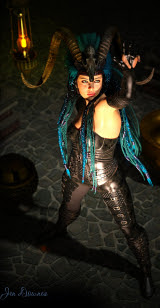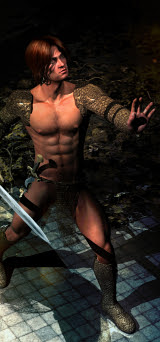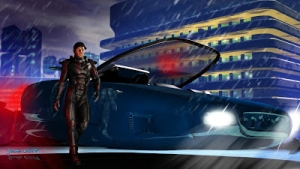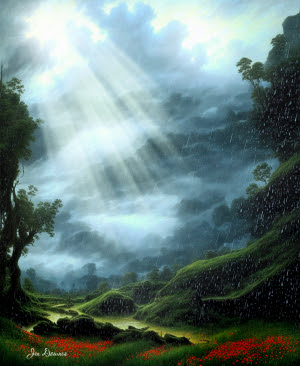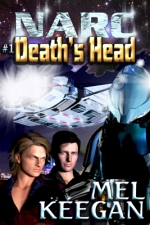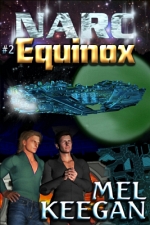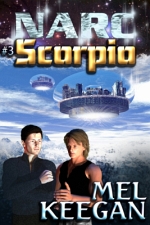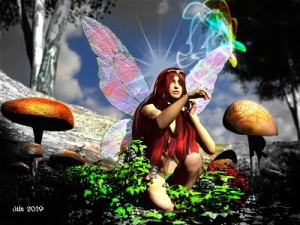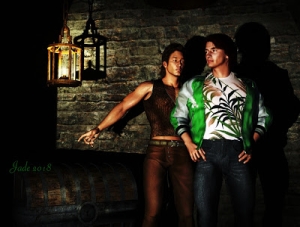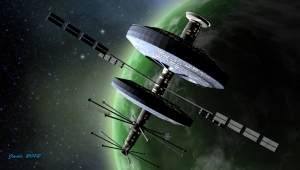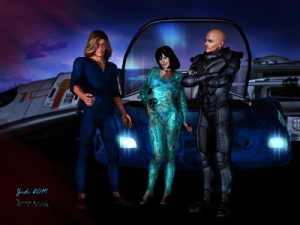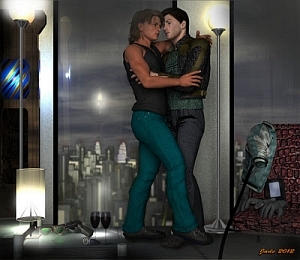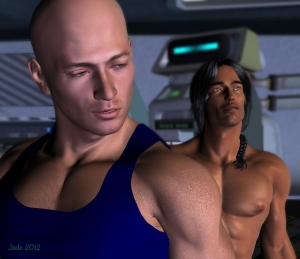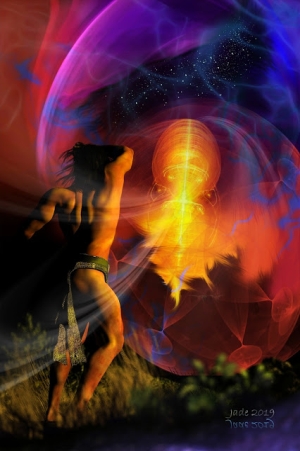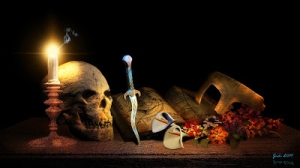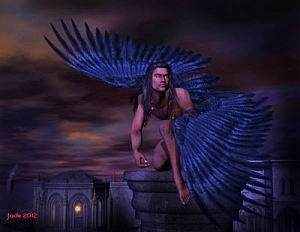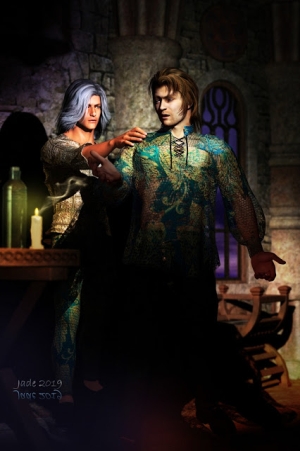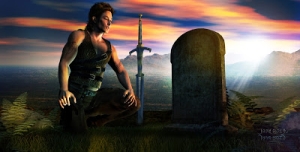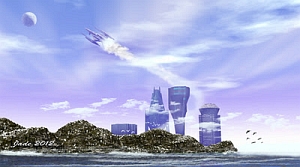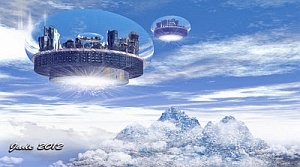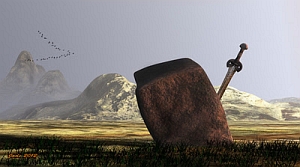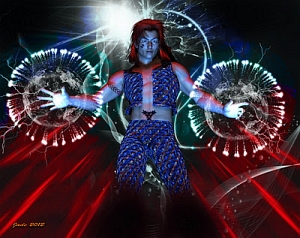click to see all images at larger size
I've been wanting to get back to LuxRender for weeks now, and this was my chance. The weather has been too hot to do much ... well, much that didn't involve sitting infront of a cooling device! Go far from a cooler, and you walk into heat and humidity. So this was a great time to experiment with Lux, see if I can get back to where I was a loooong time ago.
The first thing I learned when I started it up was that I had forgotten just about everything. So I set off again with simple subjects. A couple of props sitting on a table, with a simple background:
...so far, so good. There's a bit of "burnout" on the skull there, but I'm not too bothered about it, because I know it's a pretty simple fix, messing about in the Reality materials. I did this, and the next two experiments, at small(ish) size for quickness. The bigger the image (not to mention the more complex), the longer it takes to render. This little one, above, was about 40 minutes, and told me enough for me to get a grip. It's actually worth comparing the LuxRender render (!) with the raytrace:
So, if you were wondering why you'd bother getting into Lux, here's your reason! The LuxRender image has a quality very close to a photograph. In fact, when you get very, very good at this, the renders are impossible to tell apart from photos --
For those of you who could really get into this, you need to visit the Lux homepage, and take a look through the galleries of user images. It's www.luxrender.net, and the link to the galleries is at the bottom of the page, not the top. Bear with me while I learn this. There's a LOT to figure out, but I'm getting there...
The next thing was a more complex image -- an exterior, in sunlight. The top image, here, has been Photoshopped a leeetle bit to add clouds into the sky; the second image is just as she comes:
All right! That's nice, that's very nice. Still simple enough that the render took only about 50 minutes, but not to bad at all. So the next thing was to go back to a couple of old projects and re-render them; and I wanted to add a figure. The 3D human figure might not look a hundred times more complex than a whole garden set, but it is. So this one was always going to be more of a challenge both for self and the software:
This one was still rendered small (if you call 1000 pixels wide small. Three computers ago, I considered this a pretty good size to be working at ... because the 'puter would "barf," as Dave so delicately puts it, if I asked much more of it), and it took about 90 minutes to get to a really good render.
Sooooo, time to get ambitious!
I pulled up the old file for the leader image for The Legend of Chino Vollias, and worked with that. First step: delete all the lights. ALL of them. Second step: import a Reality mesh light, and render it small, so I could check to see it was working, and working properly, before I set it to render full size. Because rendered at 2500 pixels high, it was a 24 hour render. I left it going overnight, stopped it this morning, when it got to 1500 "samples per pixel." (I've learned many things -- one of them is, the smaller the image, the more samples per pixel they need to look good. The render, right above, was 2000 S/p, as Lux terms it. The big one which leads off this post, was only 1500 S/p, and looks extremely good. I kept an eye on it between 1200 and 1500, and not much was resolving after the 1200 point. So -- time to call it good and start painting.
There's a lot of Photoshop post work on this, I admit. Lux didn't render the whole thing looking like this ... but it could have. It will yield a raw render that looks like this, if you have almost unlimited time to fiddle with the lights and materials. Right now, I don't have that kind of time, so -- Photoshop to the rescue.
So -- how good is LuxRender?! I'm just getting my feet re-wet with this, and there's so much to learn. It's going to be fun!
Jade, February 26, 2013




















